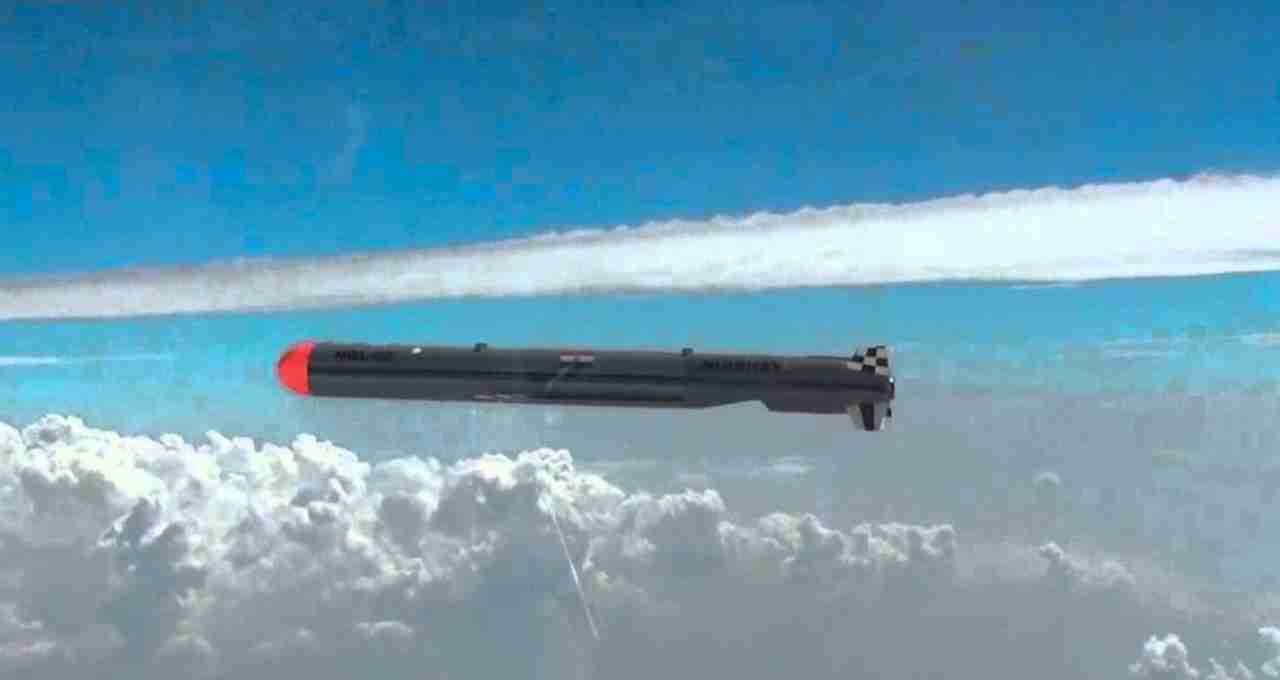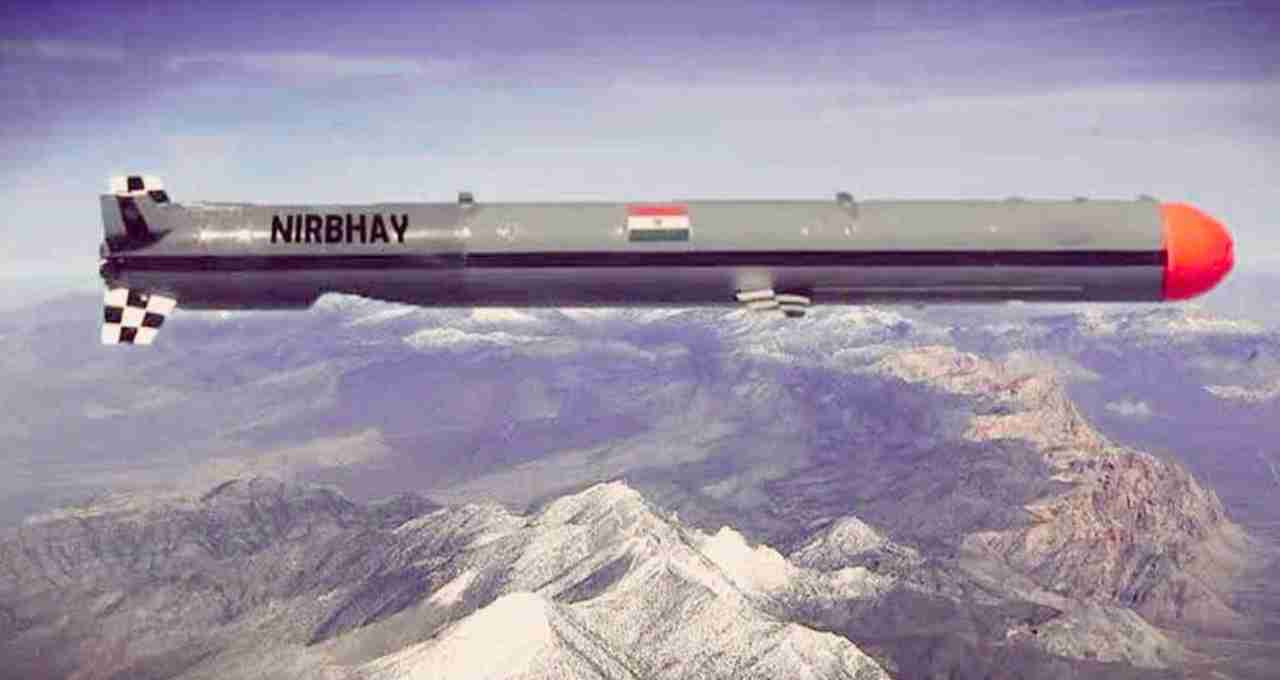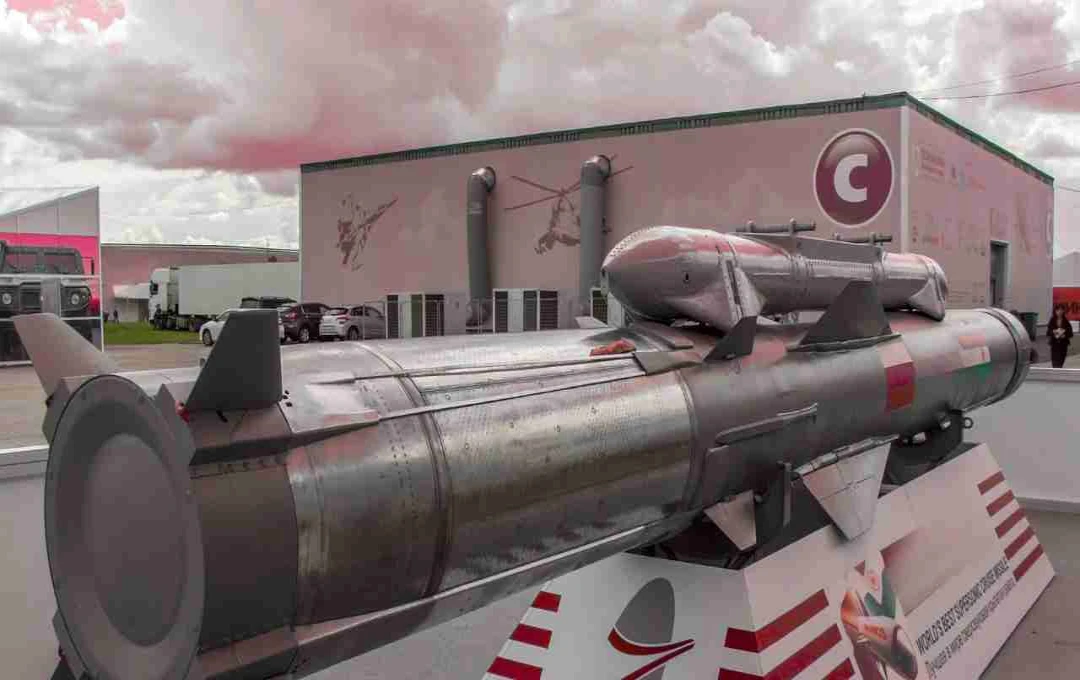The Indian Air Force's (IAF) strike capabilities are set to receive a boost soon, as the Defence Research and Development Organisation (DRDO) is working on the development of a new version of the Air Launched Subsonic Cruise Missile (ALSCM).
The Indian Air Force's strike capabilities are poised to reach another level soon. The country's Defence Research and Development Organisation (DRDO) is developing a new Air Launched Subsonic Cruise Missile (ALSCM), which could further strengthen India's strategic power in the future. Notably, this missile will be lightweight, cost-effective, and equipped with modern technologies, allowing it to be launched from Indian fighter jets.
Capable of striking up to 600 kilometers
DRDO is designing this missile in such a way that it can accurately target key enemy installations up to a distance of 600 kilometers. This includes targets such as airbases, radar stations, command posts, weapons depots, supply bases, and logistics hubs. This range is sufficient for Air Force fighter jets to carry out attacks without entering enemy air defense areas.
Powerful thrust from the Manik engine

The new missile will utilize the indigenous 'Manik' turbofan engine developed by DRDO. This engine has already proven its reliability in several tests and has been used under the ITCM project. A key feature of this engine is that it provides stability at subsonic speeds and the ability to fly at low altitudes, which can help the missile evade enemy radar detection.
Air Launch Strategy
The biggest advantage of the new missile is that it will be launched from the air, not from the ground. This means that the missile can be launched from Indian Air Force fighter jets like the Su-30MKI, MiG-29, Tejas, Rafale, and the future AMCA. This approach will be highly cost-effective because the missile will not require an additional booster. The aircraft will already provide the missile with speed and altitude, simplifying and making the launch process more flexible.
Stealth technology and modern navigation system
This missile will be equipped with a modern Inertial Navigation System (INS) and satellite-based guidance. This will not only make its targeting extremely accurate but also enable it to chart its own course during missions. In addition, its aerodynamic design is being developed in such a way that it can evade enemy radar while flying at low altitudes. In other words, the use of stealth technology will make it even more effective.
Comparison with BrahMos-NG
While the BrahMos-NG falls into the supersonic category and attacks the enemy at high speed, this new subsonic missile will fly at a slower speed (subsonic), but it will have a greater range and deployment capability. The BrahMos-NG flies at a speed of approximately Mach 3.5, while the new missile will be made lighter and deployable in larger numbers. Due to its low cost, it can be operationalized in multiple units at once.
Greater strike capability at a lower cost

A major advantage of this project is its low cost. DRDO is developing it in such a way that it is cheaper than high-end systems like BrahMos and can meet the operational needs of the Air Force on a large scale. Subsonic speed will help it operate while avoiding any modern air defense system. Its low cost and the possibility of producing it in large numbers could prove very beneficial for Indian defense policy.
First test likely in 2025
According to information received from sources, the first flight test of this missile may take place by the end of 2025. Since its design and technology are based on the ongoing ITCM project, the development is not expected to take much time. After the initial successful tests, it could be included in limited operational units by 2027.
New strength for the Air Force
This missile can add a new dimension to the Indian Air Force's strategy. Currently, India has a limited number of long-range air-launched missiles, and their cost is also high. With the arrival of this new missile, the Air Force will be able to enhance its deep strike capabilities. Especially when entering enemy territory is risky, the air-launched subsonic cruise missile can play a significant role.















